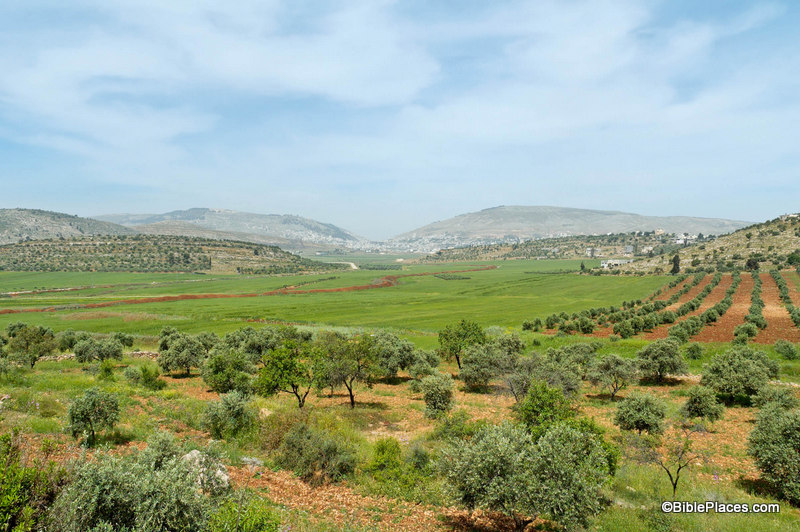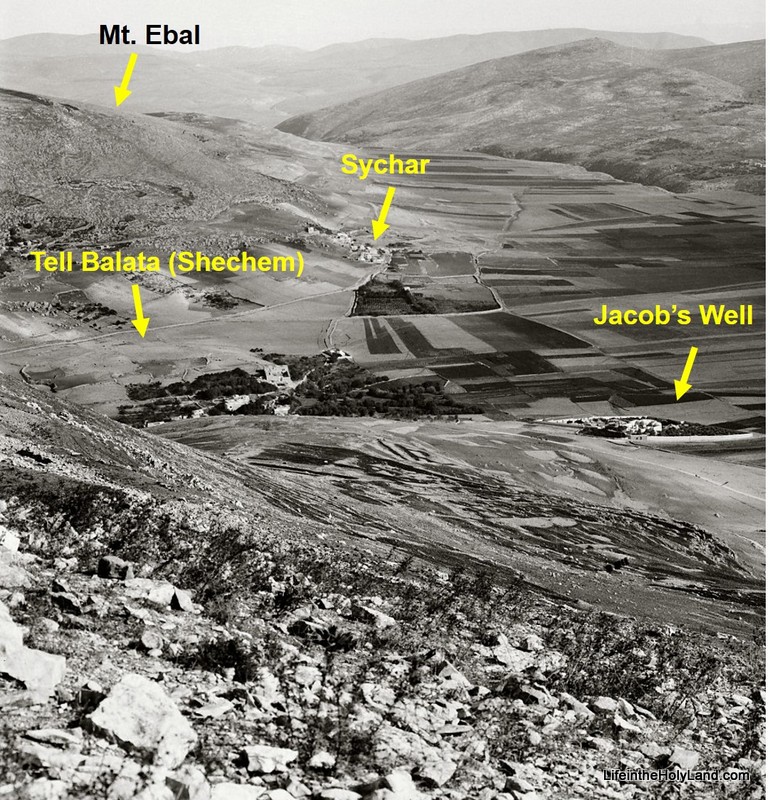Post by Seth M. Rodriquez, Ph.D.
“What do those words make you see?” Years ago, I worked as a reading tutor. It was my job to help people decode written words and understand the meaning being communicated through those words.
Reading comprehension experts will tell you that the best way to understand and remember what you read is to allow the words to create pictures in your head. As a tutor, I was trained to repeatedly ask the question: “What do those words make you see?”
It is no different when we read the Bible. As we read, we should allow the words on the page to form pictures in our head. Unfortunately, this can sometimes prove to be a challenge. Often we are not familiar with the places and things mentioned in the Bible. How tall was Mount Carmel where Elijah called down fire from heaven? How dry is the Judean Wilderness where David hid from Saul and where Jesus was tempted? What is a horned altar and what did look like?
Fortunately, today we have the means to bridge the gap between our world and the world of the Bible.
Collections of images provided through websites such as BiblePlaces.com and LifeintheHolyLand.com can go a long way in helping us to form vivid pictures in our minds of biblical places, characters, and events. To help you on the journey, I am kicking off a new series on this blog called, “On Location.” As the name implies, we’ll go “on location” with the people in the Bible. We will see some of the same sights they did … or at least see what these sights look like in modern times. The goal is to help you more accurately visualize the biblical stories.
To get things started, let’s talk about Abraham. Abraham’s journey started at the east end of the Fertile Crescent in the city of Ur in Mesopotamia. From there, he moved to Haran in the northern part of the Fertile Crescent, and eventually moved to the land of Canaan to the southwest. The story begins in Genesis 12 …
“Now the Lord said to Abram, ‘Go from your country and your kindred and your father’s house to the land that I will show you. And I will make of you a great nation, and I will bless you and make your name great, so that you will be a blessing. I will bless those who bless you, and him who dishonors you I will curse, and in you all the families of the earth shall be blessed.’ So Abram went, as the Lord had told him, and Lot went with him. Abram was seventy-five years old when he departed from Haran. And Abram took Sarai his wife, and Lot his brother’s son, and all their possessions that they had gathered, and the people that they had acquired in Haran, and they set out to go to the land of Canaan. When they came to the land of Canaan, Abram passed through the land to the place at Shechem, to the oak of Moreh. At that time the Canaanites were in the land. Then the Lord appeared to Abram and said, ‘To your offspring I will give this land.’ So he built there an altar to the Lord, who had appeared to him. (Genesis 12:1–7, ESV)
What do those words make you see? Let me help you out with the last few verses where Abraham enters Canaan for the first time and arrives at the site of Shechem.
 |
| Mount Gerizim, Shechem, and Mount Ebal from the East |
A close-up image of the Shechem area will help us complete our mental picture. The modern city sprawls over the area today. So to help us form a proper image in our minds, it is helpful to dig into one of the historic collections provided through LifeintheHolyLand.com and go back in time. This next image shows what the area between Mount Gerizim and Mount Ebal looked like about 100 years ago. The photographer is standing on Mount Gerizim and looking across the valley. In Abraham’s day, this area probably had many more trees than can be seen in the image below (Joshua 14 mentions a forest covering this region) but you can get a feel for what the topography is like through this photograph.
 |
| Looking north from Mount Gerizim (photo taken 1910-1920) |
According to Genesis 12, this was the place where God spoke to Abraham shortly after he entered the land of Canaan for the first time. This is where He made Abraham the promise, “To your offspring I will give this land.” And in response, this is where Abraham built an altar to the Lord.
More images and information about Shechem can be found on the BiblePlaces website here.
Historical images of places from Abraham’s life can be found on the LifeintheHolyLand website here.
The images used in this post were taken from Vol. 2 of the Pictorial Library of Bible Lands (available for purchase here) and Vol. 1 of the American Colony and Eric Matson Collection (available for purchase here).